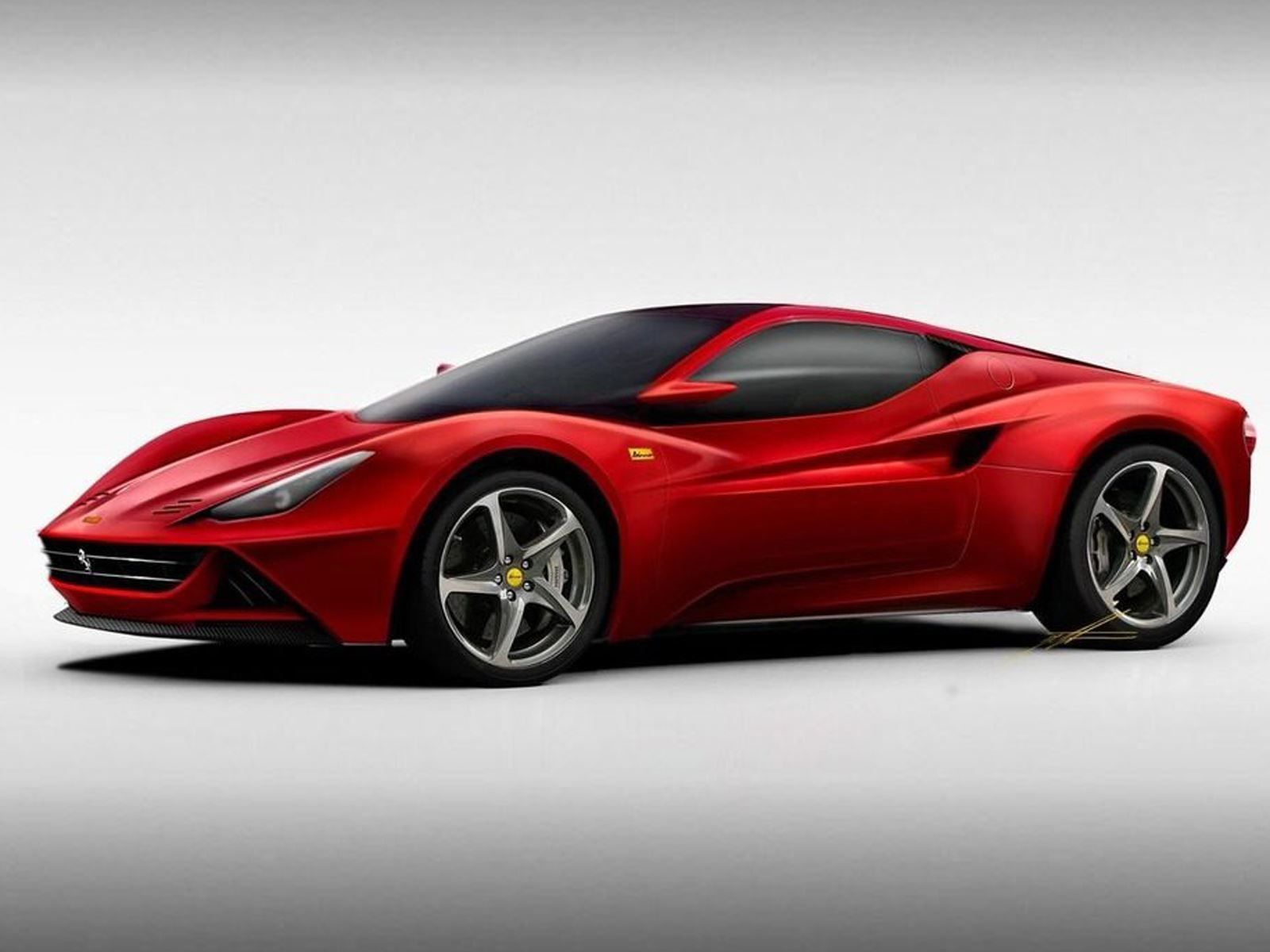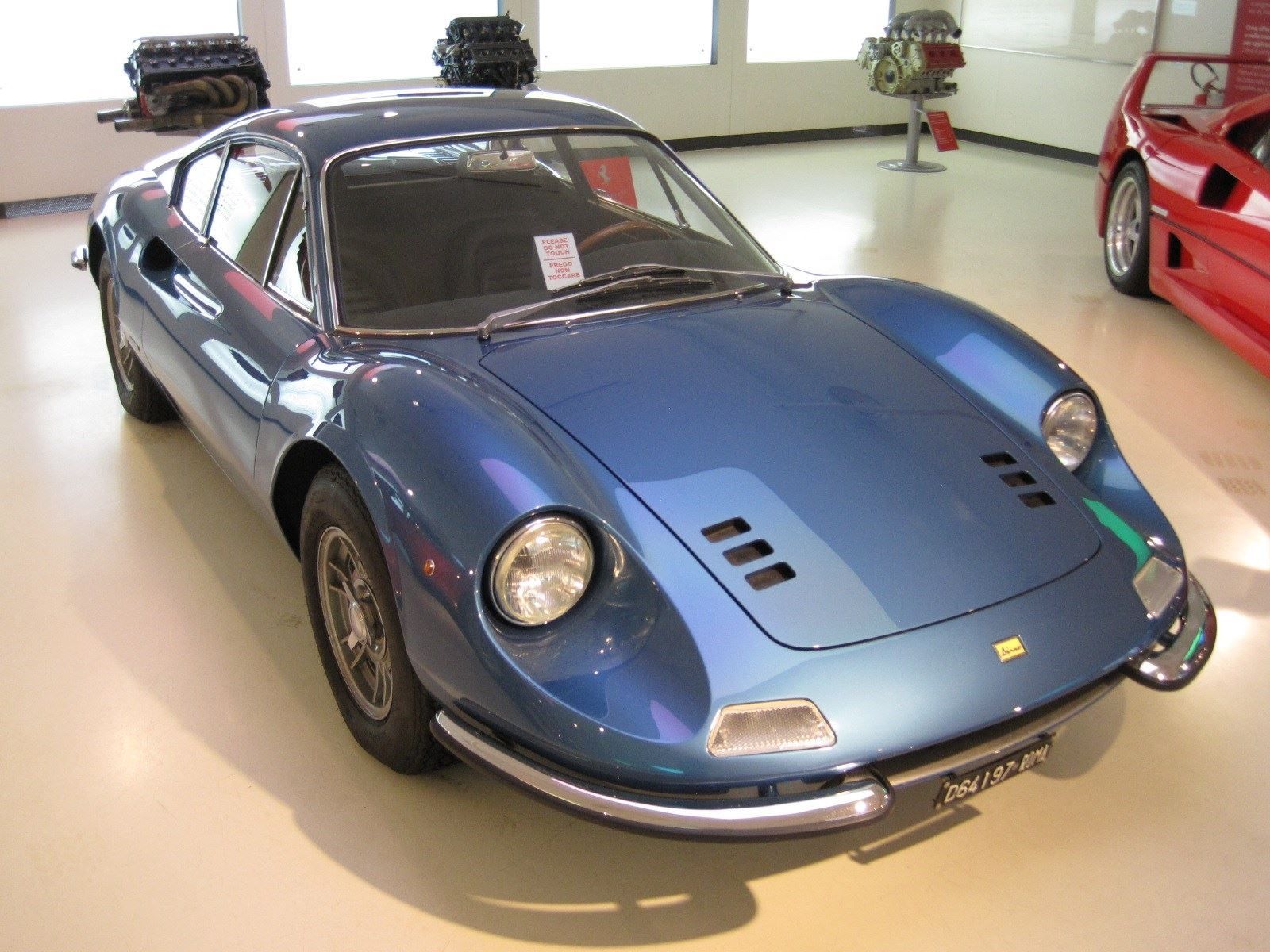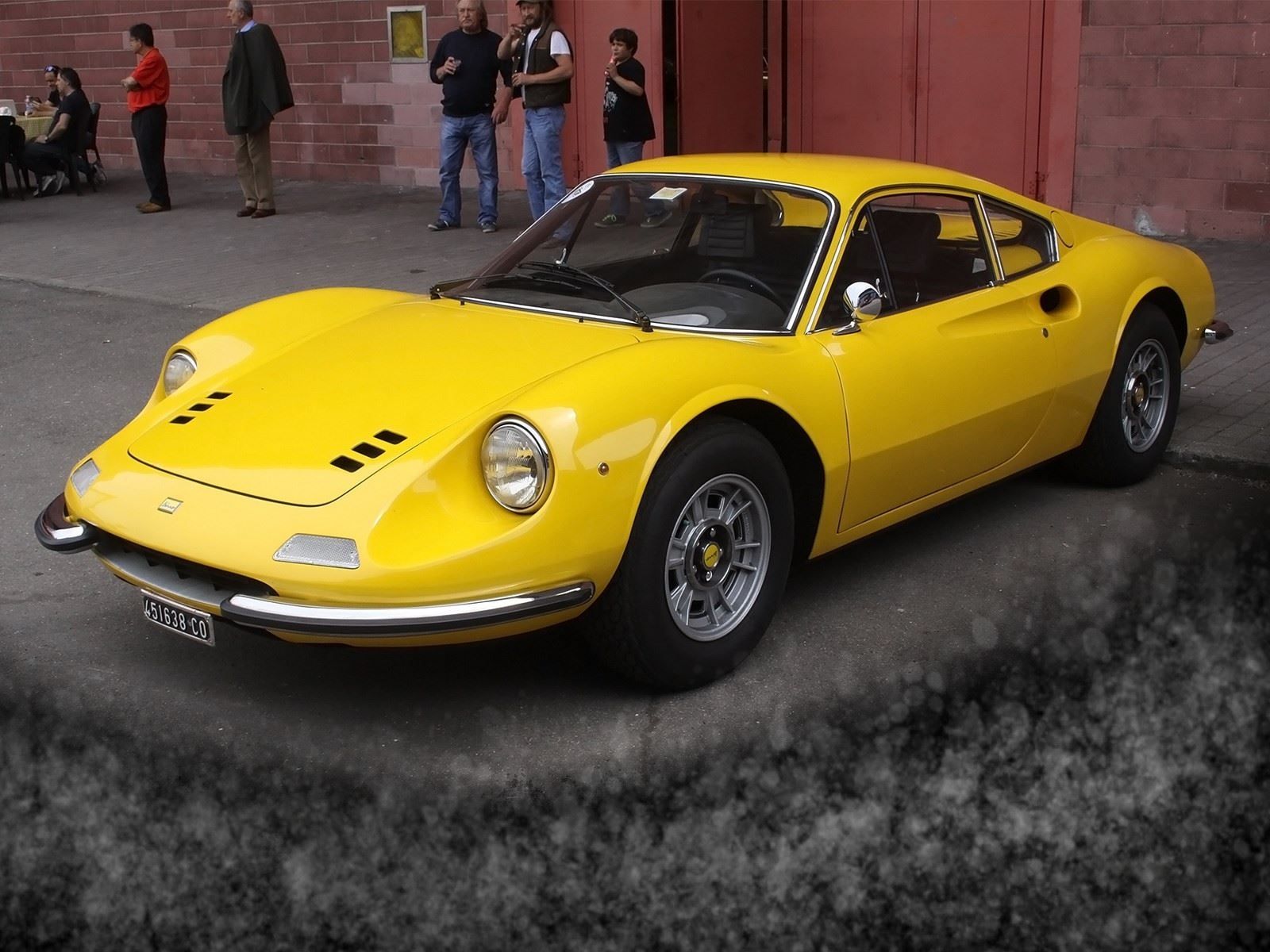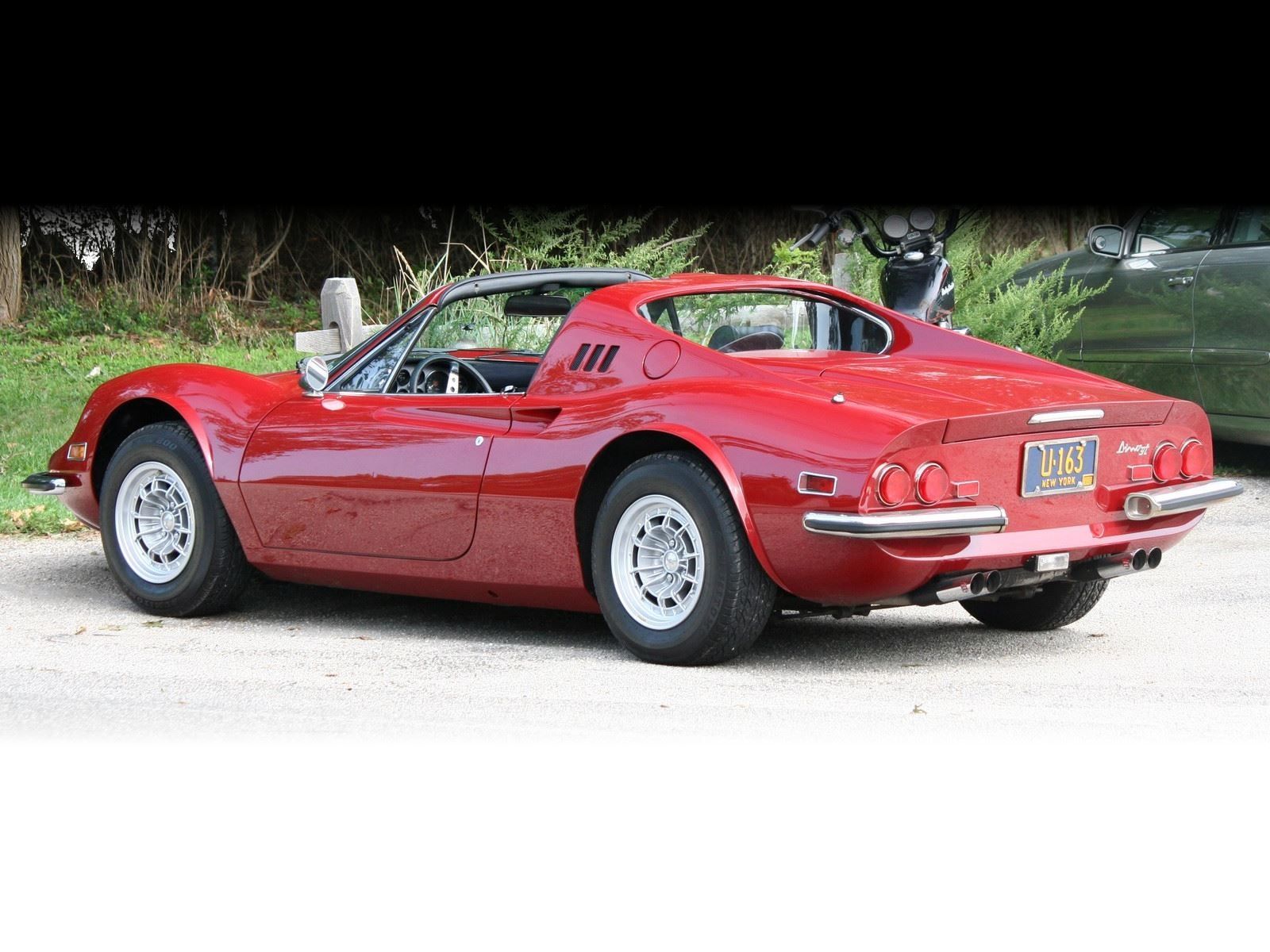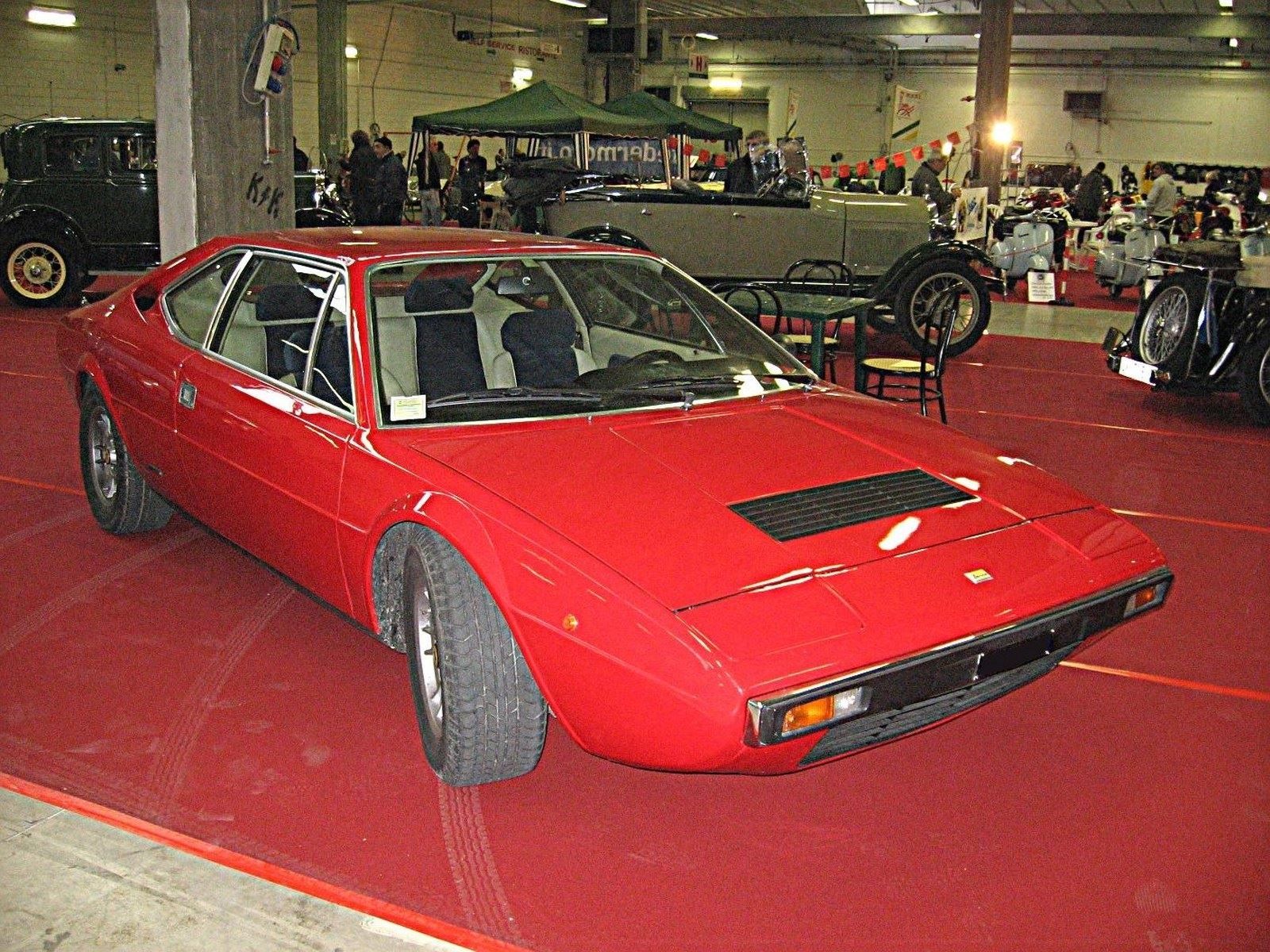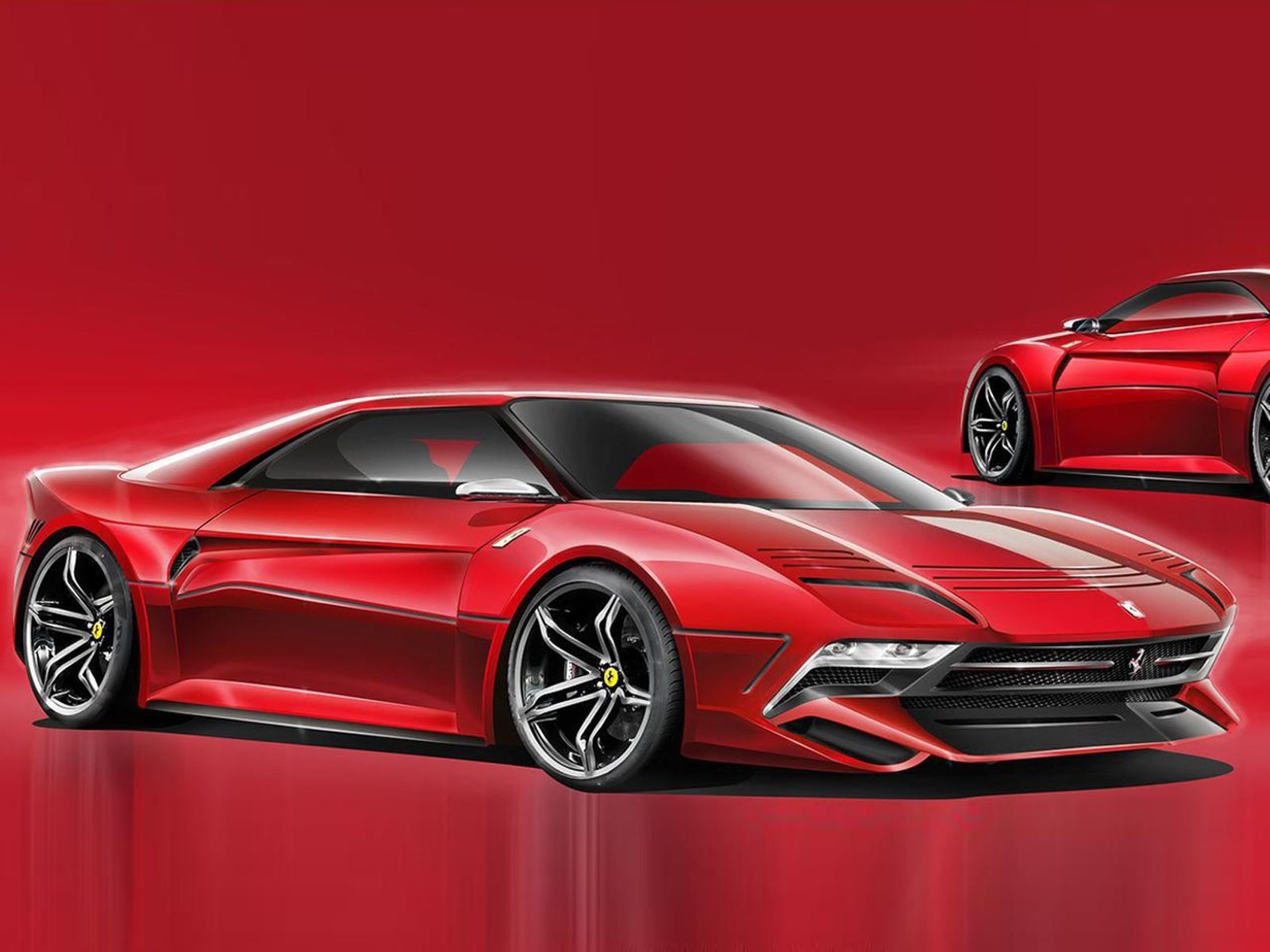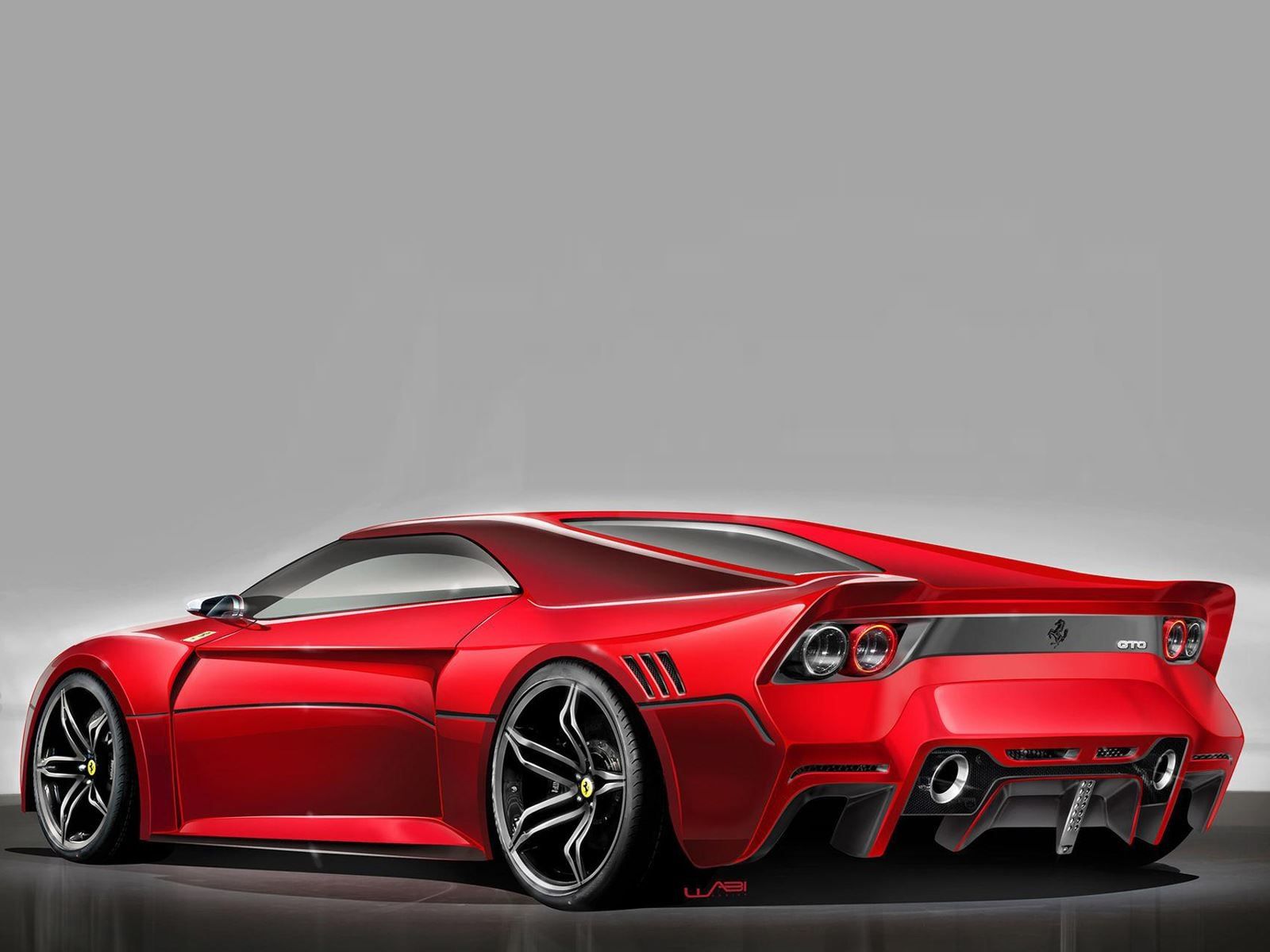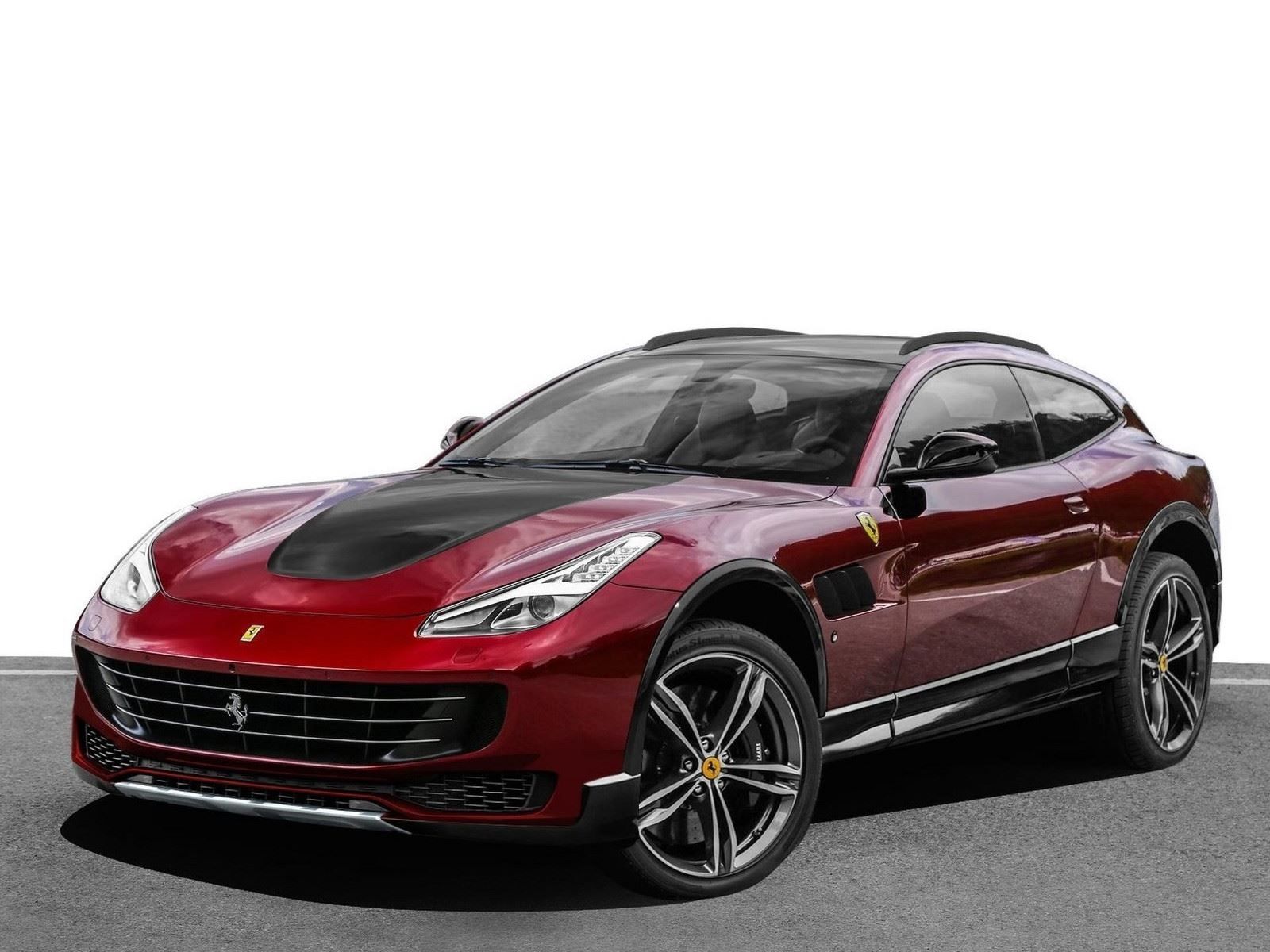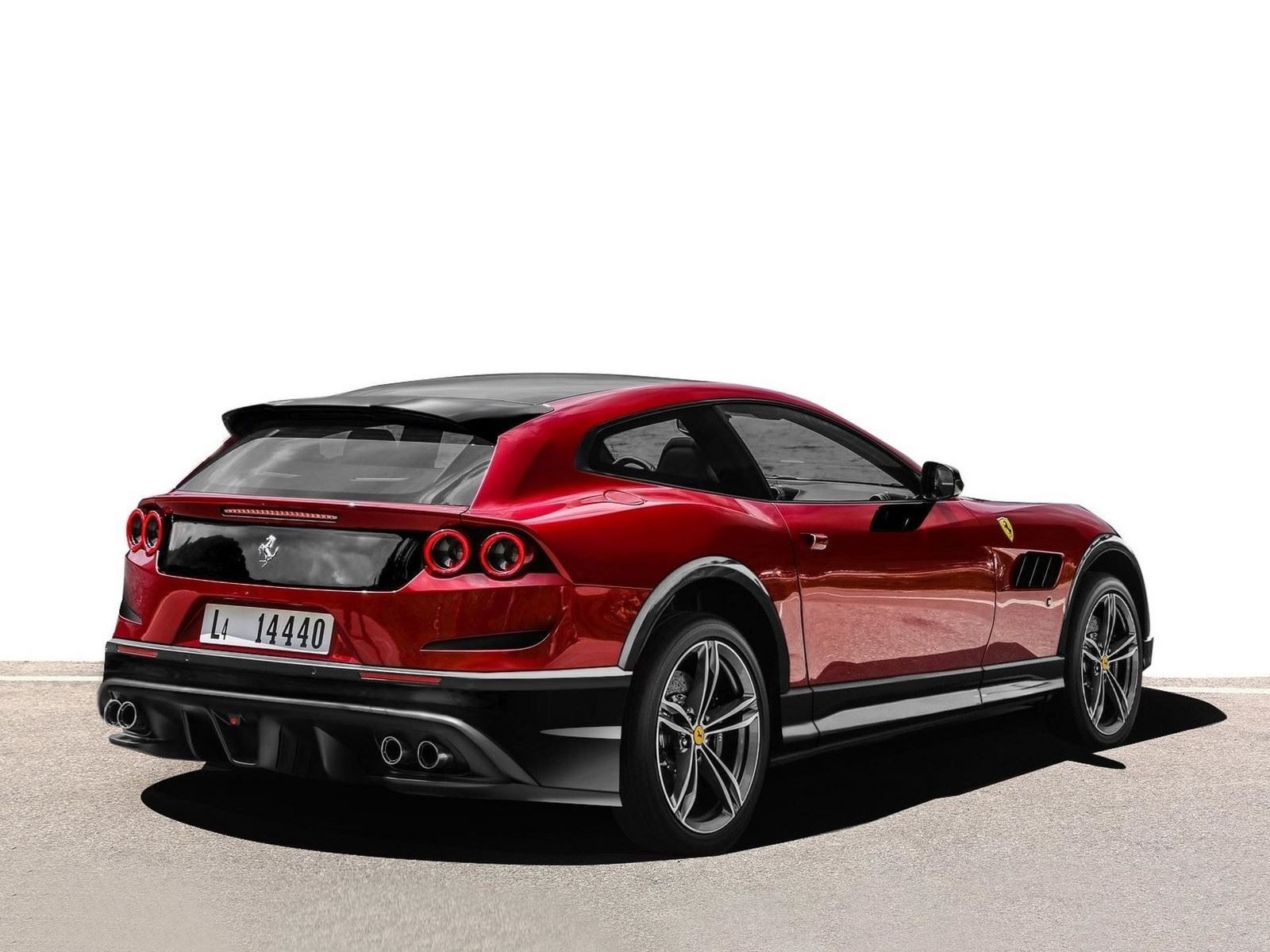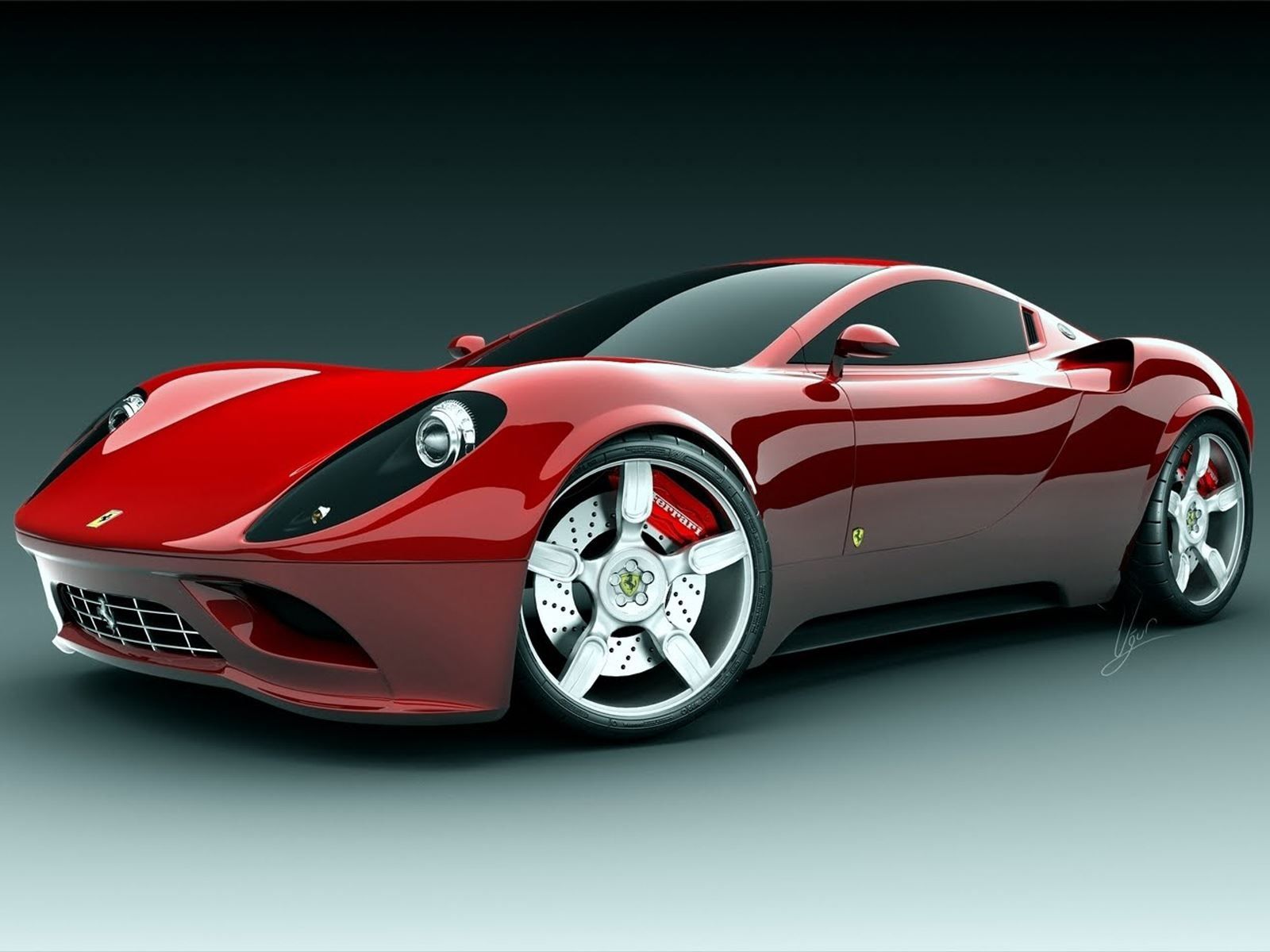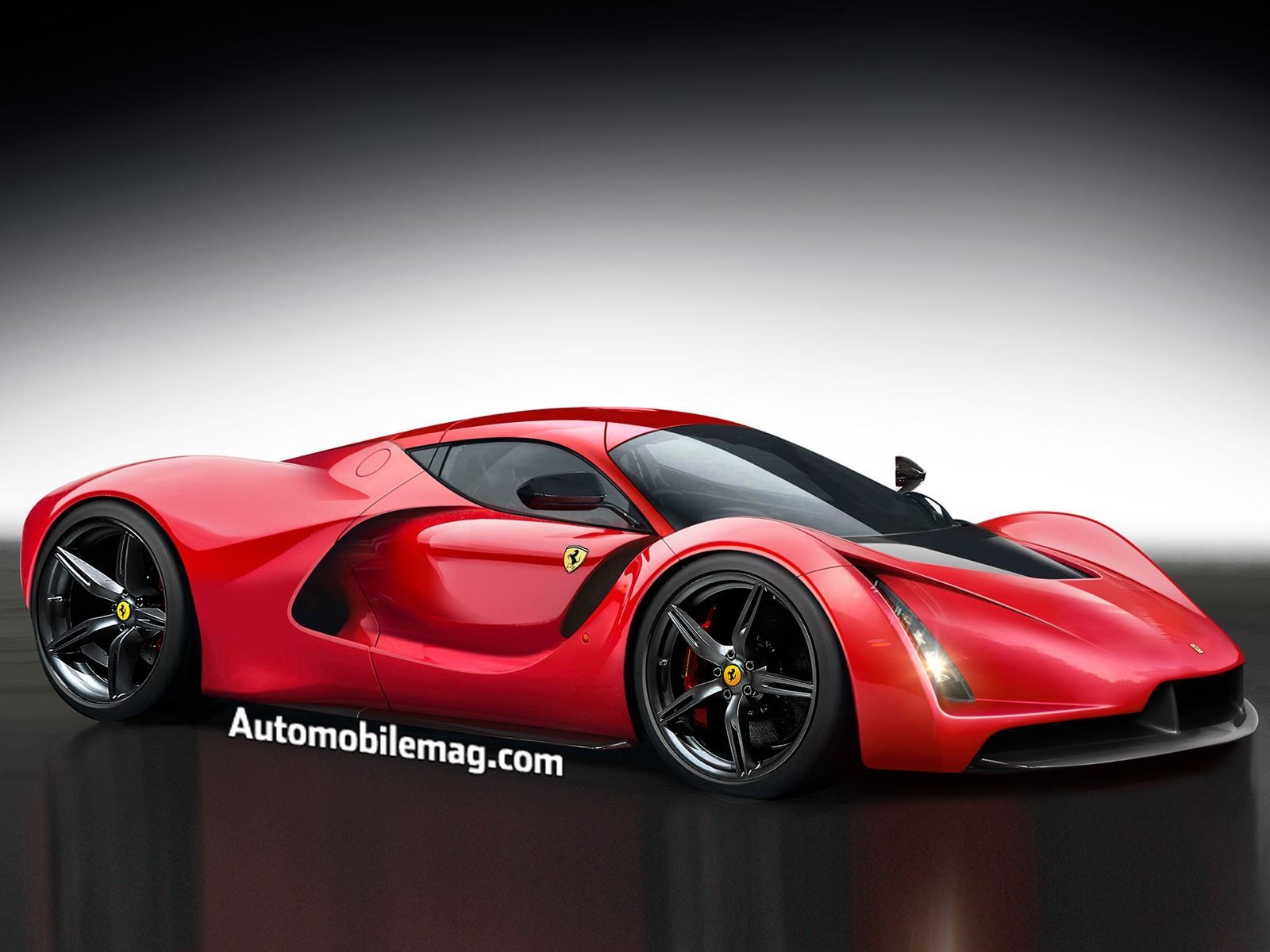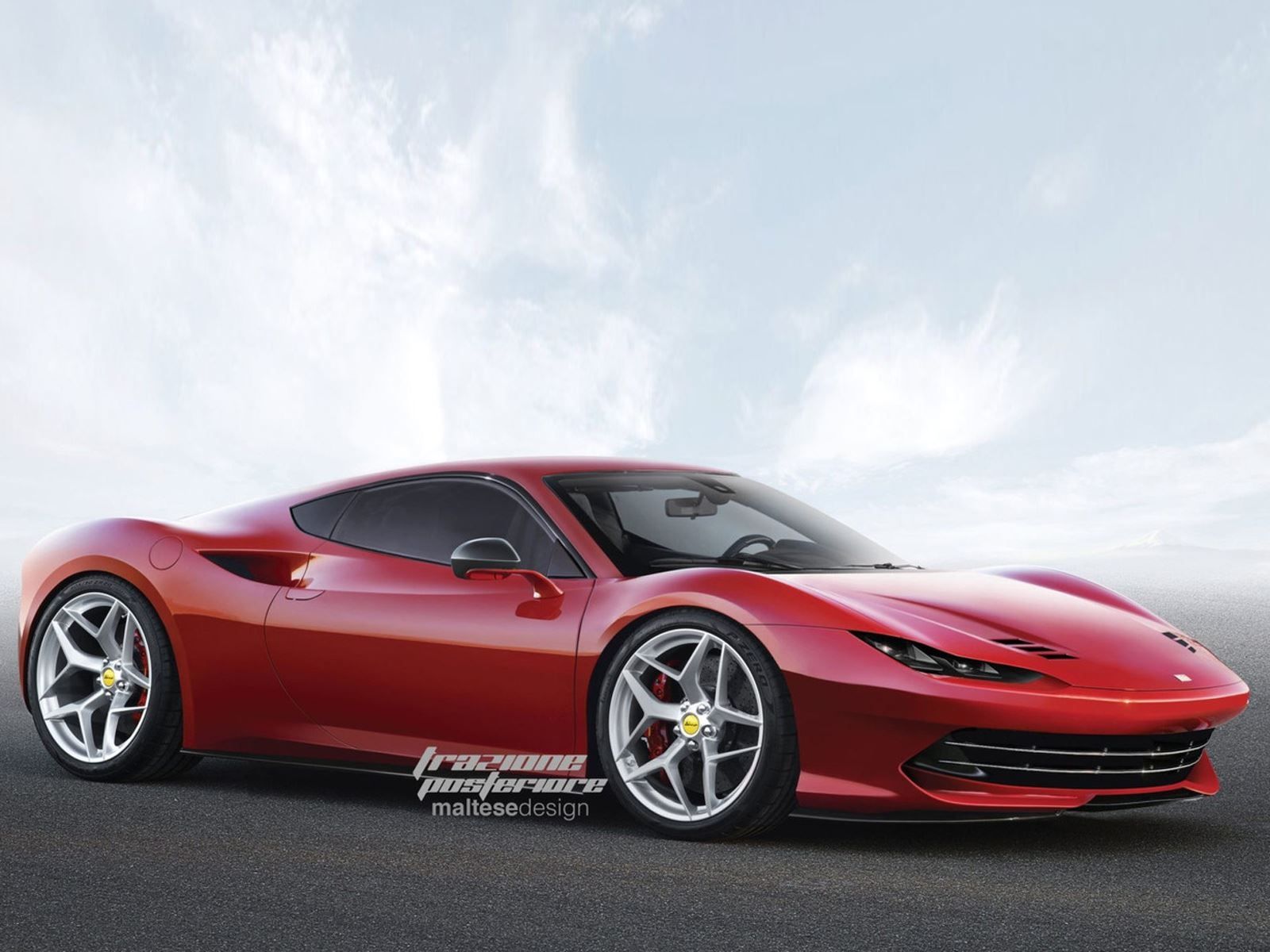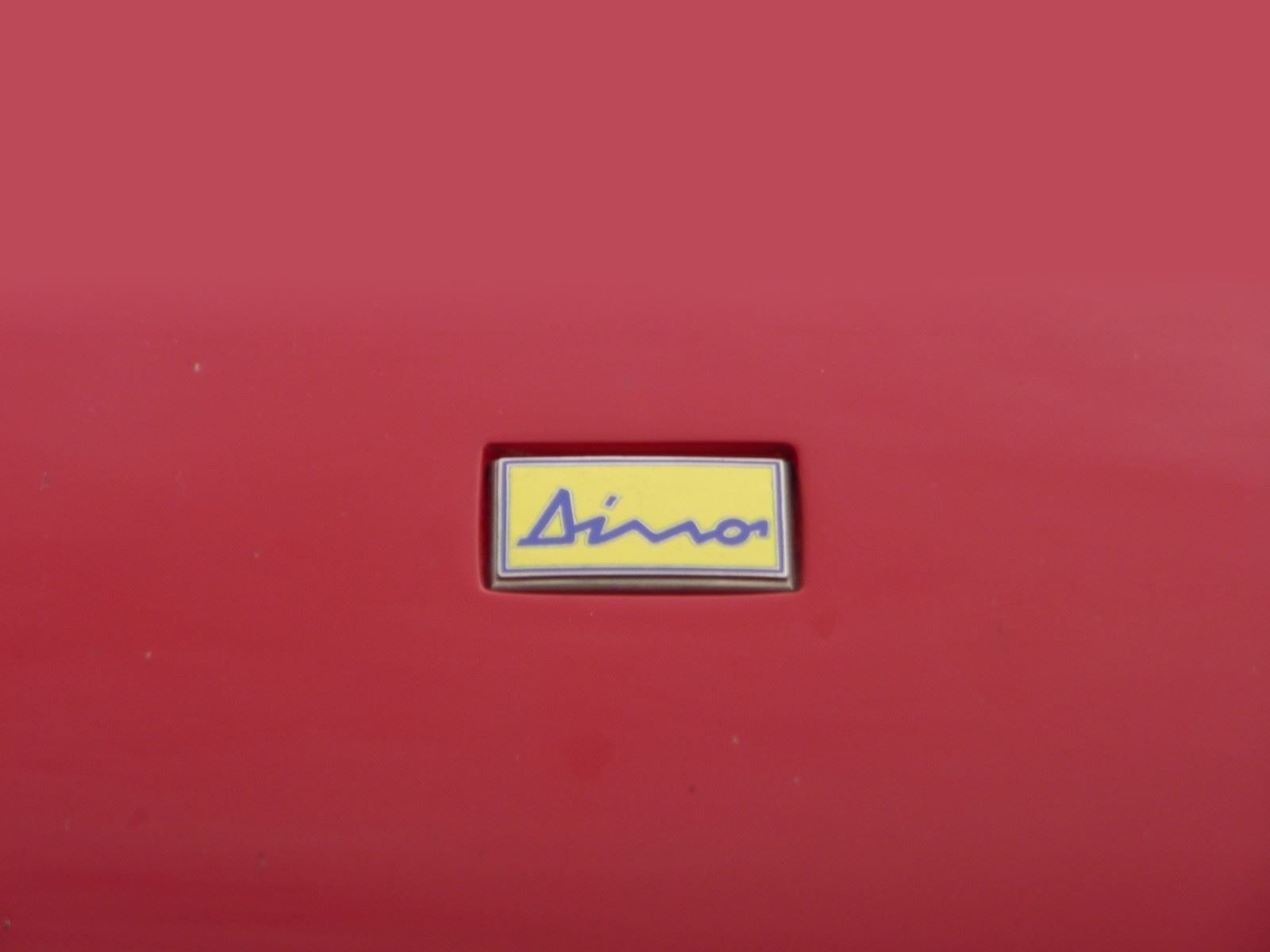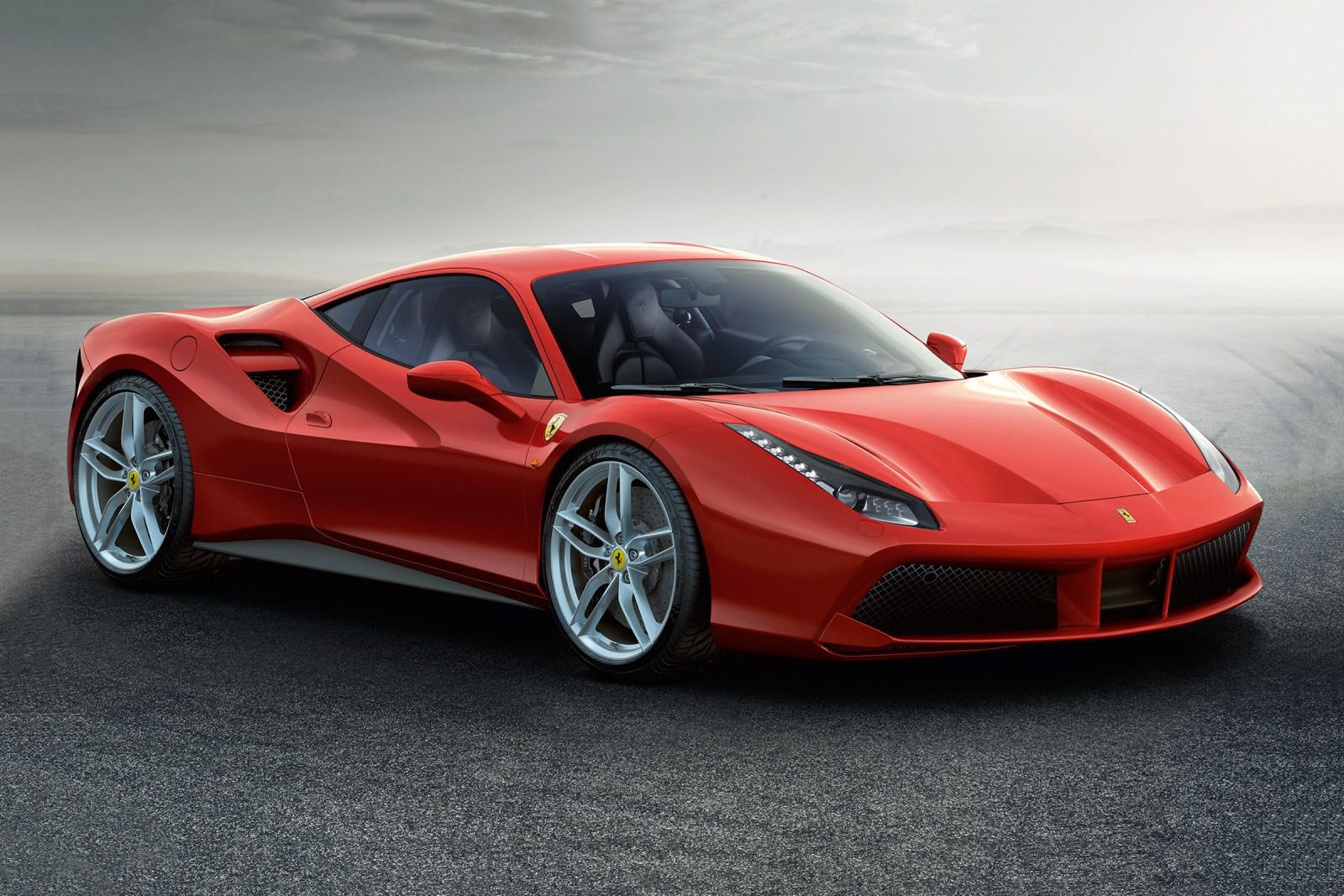
Everyone wants in on the SUV game. In the world of luxury and supercar manufacturers, Lamborghini may have done it before it was cool with the LM002, but they've now followed just about everyone else by launching the Urus. For Porsche, the Cayenne and now Macan have been its biggest sellers worldwide, and everyone from Bentley to Rolls Royce is offering something with all-wheel drive, immense power, and a high ride height.
Many had hoped for some purist brands to refrain, but Sergio Marchionne has confirmed that a Ferrari SUV is not a matter of if, but rather when. That's right; Ferrari will be building an SUV, concluding that once and for all the world has gone mad. But perhaps Ferrari is barking up the wrong SUV-shaped tree. Instead of thinking SUV, perhaps it should be thinking Dino; and here's why. Enzo Ferrari's first born son and heir to the throne, Alfedo 'Dino' Ferrari, was a talented engineer. After studying mechanical engineering in Switzerland, he joined his father at Ferrari. But his concepts and ideas weren't the Ferrari way of doing things.
At the time when Alfredo was involved, Ferrari produced nothing but V12 pieces of heaven – elevating them in stature above the likes of Porsche. So Dino had an idea, and he proposed the development of a low displacement (1.5-liter) V6 to be equipped in Ferrari's Formula 2 racer. Dino believed in the power of a more compact motor when it came to creating something more nimble as a sports car than what the V12 super-GTs were. Sadly, Dino would not live to see his V6 in proper action, as due to Duchenne muscular dystrophy, the talented heir to the Ferrari throne died in 1956 at the tender age of just 24 years old.
Ferrari did eventually go racing with Dino's V6 though – spawning the Fiat Dino as a homologation platform for the engine in order to compete in Formula 2. But a front-engined, rear wheel drive sports car was hardly fitting to bear the name of Enzo's first-born son. Something more befitting would arrive though, and after Lamborghini set tongues wagging with the mid-engined Miura in 1966, Enzo Ferrari relaxed on his vehemence against mid-engine cars, and allowed Sergio Pininfarina to build a mid-engined concept. At the Turin Show in 1966, the 206S debuted to much applause.
Here was a mid-engined sports car that looked fit for road use, and it bore a V6 engine midship, which Enzo relented would make it more manageable – his key argument against mid-mounting before had been that a V12 would be too powerful for his buyers in a mid-engined setup. Enzo sent the 206S into production. But it never wore the Ferrari name. No, a Ferrari was traditionally a V12 – and this new road-going machine was too small and more akin to something along the lines of Porsche's 911s. So Ferrari hatched a plan to target the sports car market without diluting the brand – naming the car after his son, Dino, and in doing so paying respect to the man who had originally developed the Ferrari V6 engine.
The Dino range grew, and eventually evolved into the line of vehicles that has today spawned the 488 GTB. The little Dino changed the way Ferrari did business forever – and yet it never diluted the brand. Brand cachet and exclusivity have long been strong selling points for Ferrari. It's why Marchionne has refused to increase production volumes for so long – driving demand higher than supply and ensuring that merchandise sales remain high and that people always lust after the Ferrari they can't have. But in this day and age when SUVs seem the only viable route to generate mass profits, what if Ferrari could sell a full on mass production vehicle to drive profit, without diluting the brand?
All it would take is a new Dino… a car to rival the Porsche 911, or perhaps even the 718 Cayman and Boxster twins. In reviving the Dino nameplate, Ferrari could sell a 'budget' sports car to a wider audience.The lower price tag would appeal to a larger target group who isn't readily willing to part with the sum required to buy a 488 GTB or even a Portofino. More than that, there would be no need to restrict annual production, meaning Dinos could sell as fast as they could be produced, with supply always ready to meet demand. It wouldn't dilute the brand, as the Dino name would be used once more in place of a prancing horse, yet everyone would know they possessed a piece of Ferrari engineering.
What's more, the pieces of the puzzle are already in place, as there's already a Ferrari-developed V6 engine alive in the world. The 2.9-liter bi-turbo V6 found in Alfa Romeo's Giulia Quadrifoglio was developed from current Ferrari engine architecture, and would remain true to the original Dino heritage with its configuration and number of cylinders. The platform for the Dino is under development too. While many have pondered a V6-powered Alfa Romeo 4C, Ferrari would have two more realistic alternatives at its disposal. Just as the last Dino produced, the 308 GT4 2+2,was also badged as a Ferrari 308 GT4, Ferrari could utilize the platform already underpinning the Portofino GT car – but fitted with a V6 instead of a V8.
It might not be true to the form of the original Dino concept – a mid-mounted V6 engine platform – but it would carry on the legacy where the Dino left off, and reduce costs in the process. Alternatively, Ferrari would be able to cash in on the potential new Alfa Romeo 6C, under development and set for release by 2020 that would provide the perfect platform. Though it still remains to be seen whether Alfa's 6C will be front or mid-engined, the platform would be engineered to house the V6, and with Ferrari engineers lending a hand and applying pressure, the mid-ship layout would be an easily achievable development target in a relatively short space of time.
Just look at how quickly Alfa's skunkworks team, with Ferrari assistance, brought the Giulia Quadrifoglio to market, after all. By sharing the cost of development and sharing engineers and technical know-how on the project, the scales of economy would tip further in favor of Ferrari, and indeed that of the Dino. Not only would platform and engine sharing reduce tooling and developmental costs, but paired with the volumes at which they could sell, the Dino would be a true cash cow for the supercar brand. Ferrari is arguably the most iconic supercar brand currently in existence – and though it may offer semi-practical vehicles like the GTC4Lusso, it's still seen as a somewhat purist brand.
For Ferrari to cave to the pressure of the accountants and produce an SUV would be for the brand to sell out entirely – to sell their soul to the devil in search of a quick buck. But to revive the Dino nameplate instead; well that would be a dedication to its craft, to its heritage, and to its fans, while still finding a way to fill the coffers quicker than the current portfolio can on its own.

